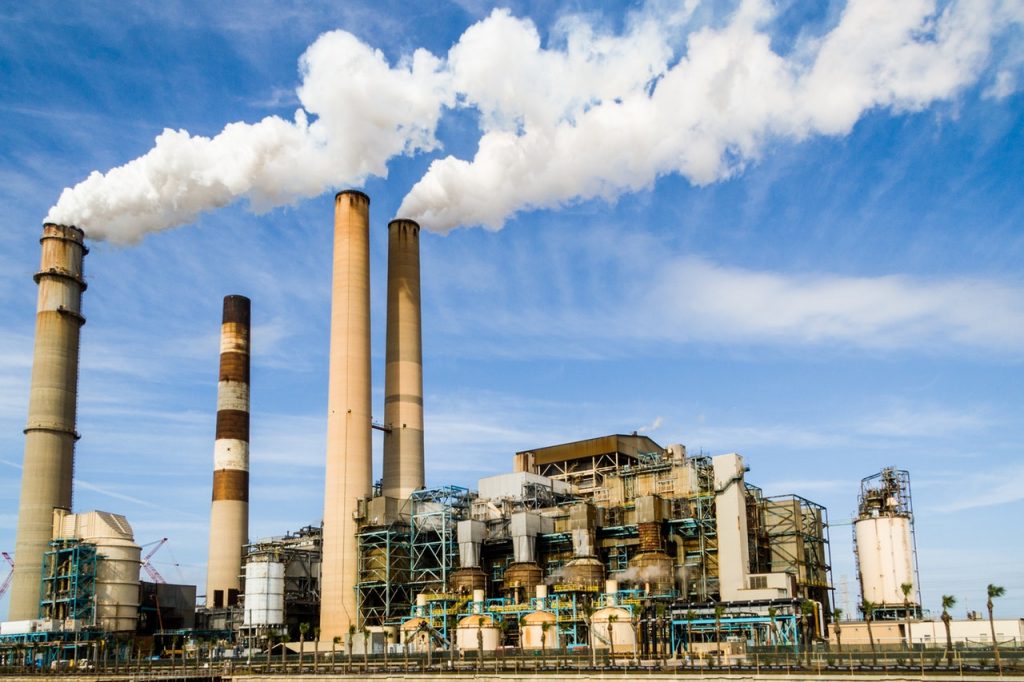Ultrafiltration Plant/UF Plant

About Us
Manufacture Parts
Wholesale Products
|| Related Parts and Products ||
PRODUCT 1
Ultrafiltration plant/UF Plant
An Ultrafiltration (UF) plant is a kind of water purification system that uses a membrane filtration process to separate the suspended solids, viruses, and other impurities from water. It is considered a unique part of water filtration as provides high-quality, safe, and efficient water filtration.
In the ultrafiltration process, the water is pumped through a membrane where all the contaminants like colloids, sediment, microorganisms, etc, are separated effectively from clean water. Ultrafiltration plays an important role in cleaning & safe drinking water for the overall communities.
This process is highly efficient & energy-saving and is employed to improve the water quality. It is widely used in a various application, like wastewater treatment, purifying drinking water, industrial processes, etc.
How Does the Ultrafiltration Plant Work?
Step 1: The Ultrafiltration process begins with the collection of water from various sources, such as wells, rivers, lakes & others that need to be treated.
Step 2: Before ultrafiltration takes place, the incoming water undergoes a pre-treatment to remove the large particles & impurities, such as – debris, sand, and leaves. It is usually done through processes like sedimentation, screening, etc.
Step 3: After pre-treatment, the water is pumped into the ultrafiltration system, where it comes into contact with a semipermeable membrane. Ultrafiltration membranes typically have tiny size pores ranging from 0.01 to 0.1 micrometers which allows them to filter out the suspended solids and larger molecules effectively. Once the water passes through a membrane, the contaminants are physically blocked & retained on a membrane surface.
Step 4: In the next method, the pre-treated liquid is directed into the ultrafiltration system. Once the fluid passes through the ultrafiltration membrane, the suspended solids, particles, and contaminants that exceed the size of the membrane’s pore are retained on the membrane surface.
Advantages/ Benefits of Ultrafiltration Plant
- Ultrafiltration plants remove the suspended solids, viruses, bacteria, & other contaminants effectively.
- UF plants are compact & require very little space as compared to the traditional water treatment.
- UF processes are less power-consuming and energy-efficient as compared to other water purification processes.
- Ultrafiltration plants provide cost savings by reducing the need for chemicals & maintenance.
- These plants can be scaled up & down easily to meet the exact water treatment.
Principals of Ultrafiltration Plant
The ultrafiltration process relies on the principle of forcing water through a semi-permeable membrane through very small pores, Ultrafiltration membranes have a specific pore size which determines what particles can pass through. The sizes of the membrane pore usually range from 0.01 to 0.1 microns.
As compared to other water treatment methods, ultrafiltration is more efficient, energetic, and power-consuming.
